The subject of this post came as a result of my two latest paintings, which got me thinking about the special interplay between Black & White and the racial issues that are a part of everyday life here in South Africa.
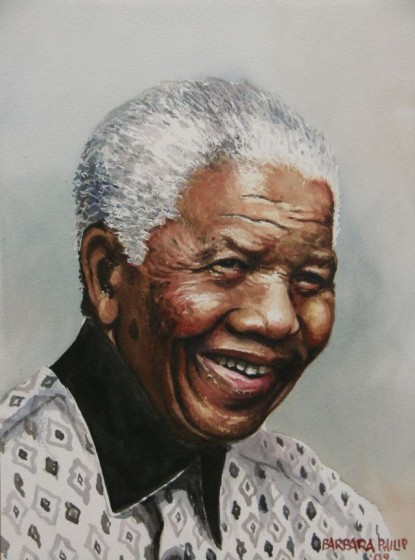
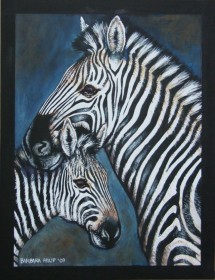
It is frustrating that racial discrimination continues to thrive here despite the noble ideals that Nelson Mandela spoke of at his inauguration way back in 1994. But I do not want this post to focus on this, but on the visual tensions and harmony that are created in art, when Black & White are explored. The process of eliminating colour from the stage, creates many interesting challenges for the artist and the viewer. So with this thought in mind I hauled our my old Art School portfolio, as many of my first year projects explored the variety of ways that Black & White can be interpreted and made to express the special relationships between the two opposites. Here are some of those examples:
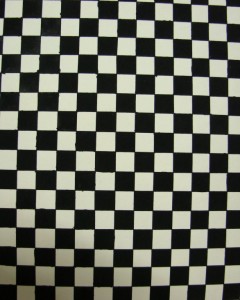
- Chequerboard, painted by hand.
The first exercise was a lesson to paint a chequerboard with black ink, without errors ! I can’t imagine art students doing this nowadays, without a computer !
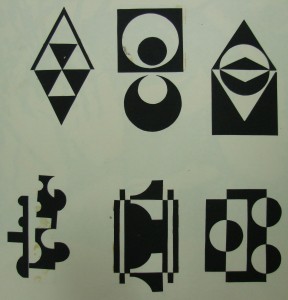
- Black paper cut outs, folded out.
The second, an exercise of cutting shapes in a piece of black paper, and then juxtaposing the cut shapes next to the remaining pieces, and thus creating the interesting positive and negative interplay.
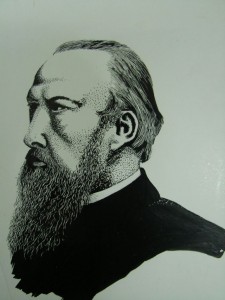
- Portrait on scraperboard, using black ink and a knife.
The third image was using a specially coated white board. The drawing was painted with black ink over the predominantly dark areas, and white highlights were then scraped off with a knife.
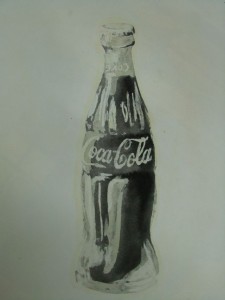
- Wax-resist Coke bottle, with black ink wash.
The forth image, of a coke bottle, was drawn with a white candle, and washed over with black ink. The waxed areas resisted the ink and the image was revealed.
In the life drawing class, it was endlessly interesting to explore through black and white and shades of grey, the form and tensions of the human body.
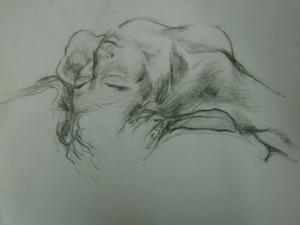
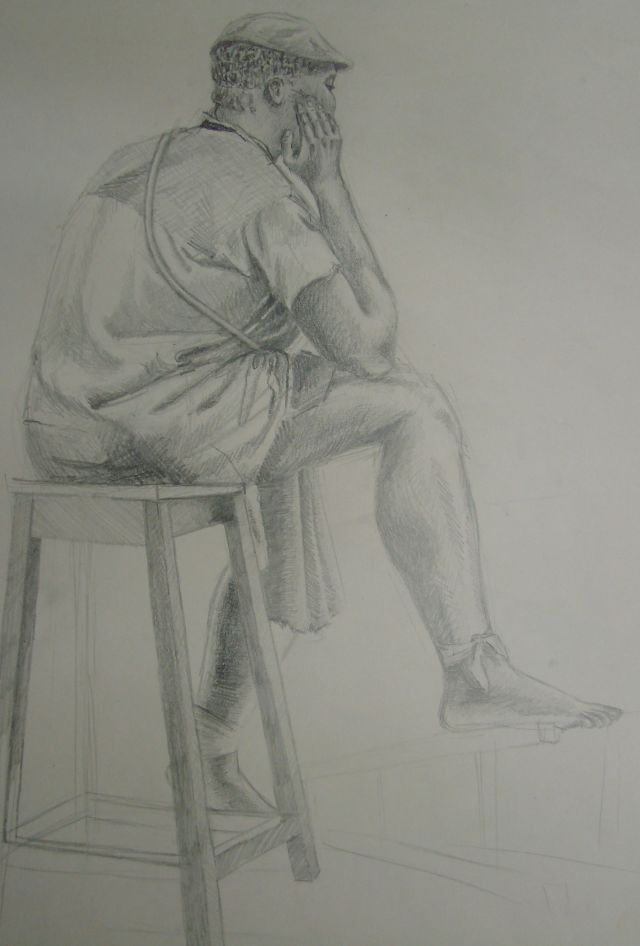
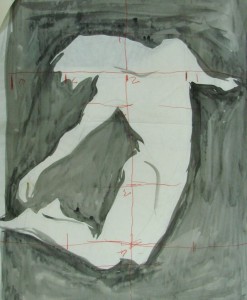
In photography class, Black & White was our only option, and what an exciting adventure it was!
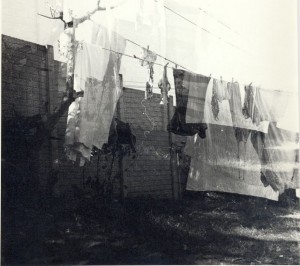
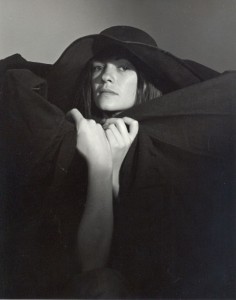
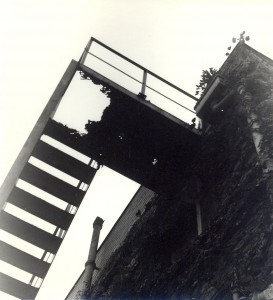
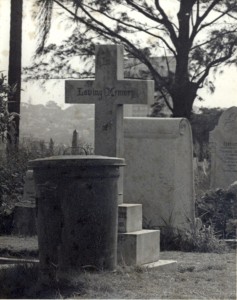
Many years later, as my art progressed in various ways, I continued to explore the special interplay of black and white. Till, today over 35 years later, I am still exploring this special interplay.
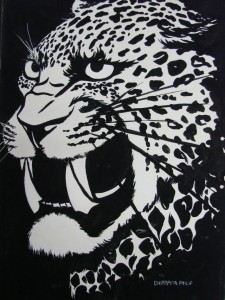
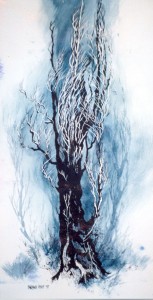
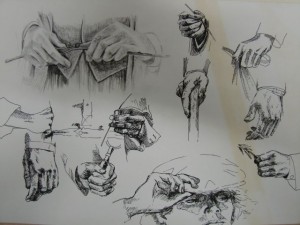
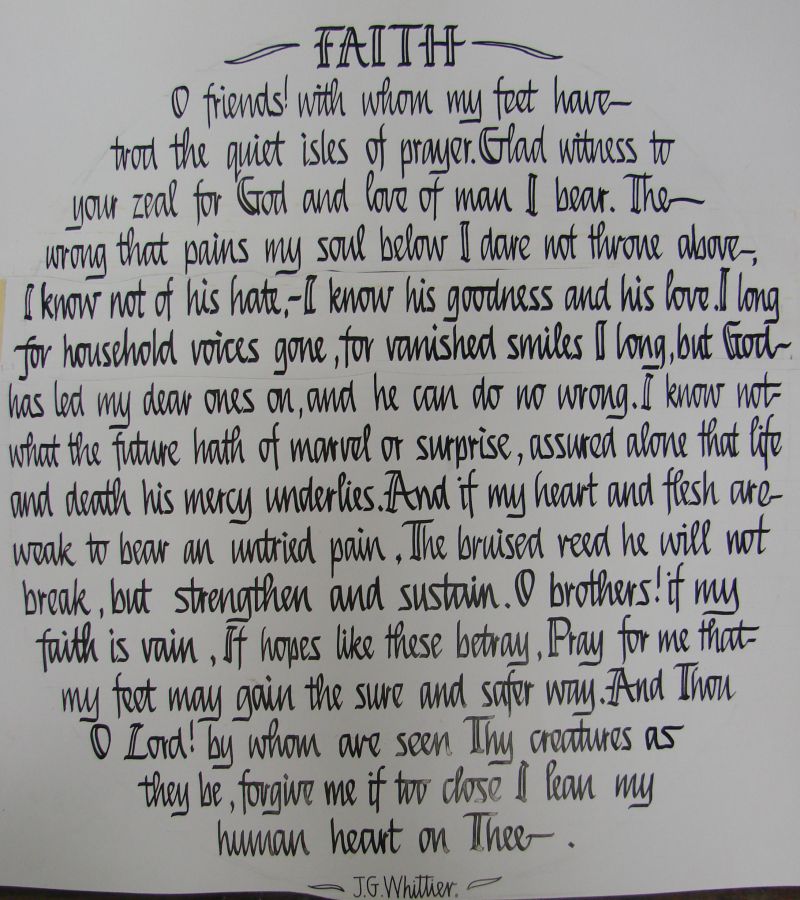
Nelson Mandela quotes
“I detest racialism, because I regard it as a barbaric thing, whether it comes from a black man or a white man.”
“For to be free is not merely to cast off one’s chains, but to live in a way that respects and enhances the freedom of others.”
“As a leader… I have always endeavoured to listen to what each and every person in a discussion had to say before venturing my own opinion. Oftentimes, my own opinion will simply represent a con-census of what I heard in the discussion. I always remember the axiom: a leader is like a shepherd. He stays behind the flock, letting the most nimble go out ahead, whereupon the others follow, not realizing that all along they are being directed from behind.”
“During my lifetime I have dedicated myself to this struggle of the African people. I have fought against white domination, and I have fought against black domination. I have cherished the ideal of a democratic and free society in which all persons live together in harmony with equal opportunities. It is an ideal which I hope to live for and to see realized. But if needs be, it is an ideal for which I am prepared to die.”
“We must use time wisely and forever realize that the time is always ripe to do right.”
For anyone reading this, challenged by the racial issues we face, you may like to follow the link to John Piper’s sermons on racial harmony.
Leave a Reply